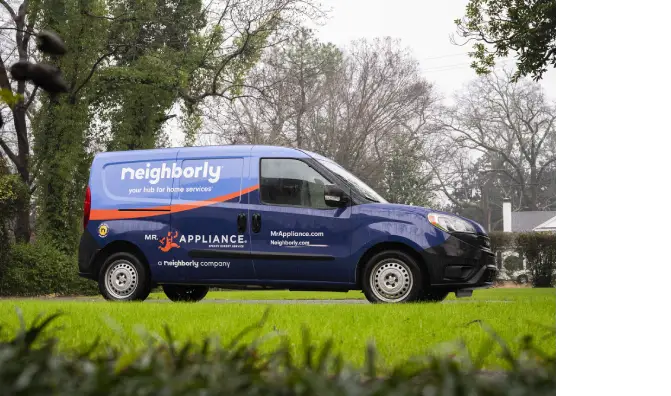During appliance electrical testing processes, professionals typically measure three different electrical parameters: continuity, voltage, and amperage.
Safety first: Do not touch any electrical components with your skin, do not touch the metal tips of the multimeter leads, and do not touch the multimeter’s leads together. Electrical testing is a job for experienced professionals.
1) Continuity
- Unplug the appliance first and disconnect it from any water or gas lines.
- Turn your multimeter to the "ohms" function (Ω).
- Now test for electrical continuity of the switches, thermostats, and other contacts that are supposed to be closed. To do this, touch one end of the multimeter’s lead to a terminal (the part’s contact point) and the other end to the opposite contact point. This video shows the basic process.
- Closed contacts should read 2 ohms or less if they have proper continuity. If the ohms read higher than 2, the electrical control you are testing should probably be replaced.
- Some parts (beyond those mentioned above) should have different resistance. Consult the manufacturer’s manual to make sure you’re looking for the right ohms reading.
2) Voltage
- These steps can be taken after voltage in the outlet is already safely confirmed.
- First, make sure the appliance is turned off and plugged in.
- To see if there’s voltage running “downstream” of the outlet into the appliance, turn your multimeter to the AC volts setting (ṽ).
- With the appliance turned off, touch the multimeter’s leads to the circuit. Read the voltage.
- The target voltage depends on the type of appliance you have and the components you’re testing.
- When testing voltages to electric dryer heating elements and electric range or stove elements, look for 240 volts AC.
- When testing for control voltages to solenoids, timers, and other components on your 120-volt appliances, look for 120 volts AC.
- If the voltage reads lower than it should, you likely have one of these problems:
- A circuit issue—usually an open switch or thermostat or one with poor continuity
- A bad wire connection—look for burnt or discolored wires
3) Amperage
- Testing for amperage, or current, is another way of testing for continuity. The main difference is that amperage tests are made with the appliance plugged in.
- Set the multimeter to the "amps" range (A), not the "milliamps" range.
- Turn off the appliance and connect the multimeter to the circuit to be tested.
- Turn the appliance back on and get the multimeter reading.
- Consult your appliance manual to see if the amps detected match the operating load of your unit.
- If the amp reading is lower than it should be, there may be a failed component causing the resistance to be higher. If the amperage is much too high, a failed part may be causing a short and lowering the resistance.
Modern Appliances Are Complex
Most modern appliances have both AC and DC circuitry. AC runs high-load circuits like motors, heaters, and compressors. DC circuits are then used to control the AC. For example, there might be 12vDC and 5vDC circuits that run the computer and fine electronics; the computer monitors the high-current AC components with a low-current wire and switches them on and off when necessary. Therefore, it can be difficult to know where to start when performing electrical appliance testing because so many components are interconnected.
The Right Pros for Electrical Appliance Testing
When it comes down to the wire, it’s safest for you and your home if you call a professional for appliance troubleshooting and repair. Your local Mr. Appliance experts are standing by to inspect your appliance and quickly get to the bottom of any issue. Call or schedule an appointment online, and we’ll take care of the rest.
 Click to call
Click to call





